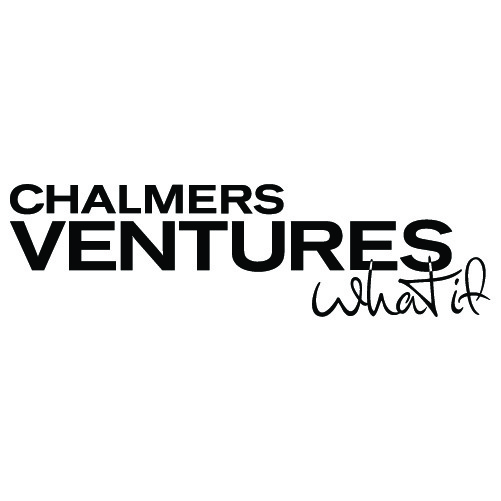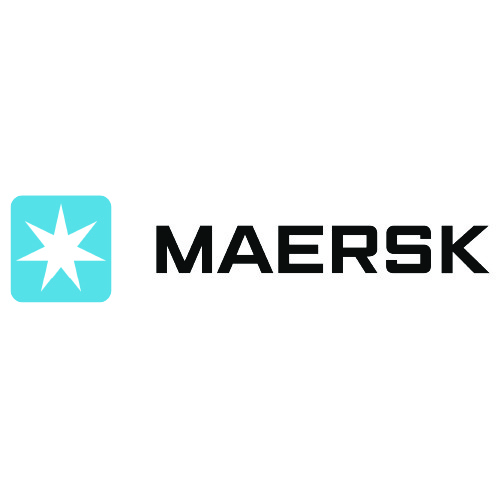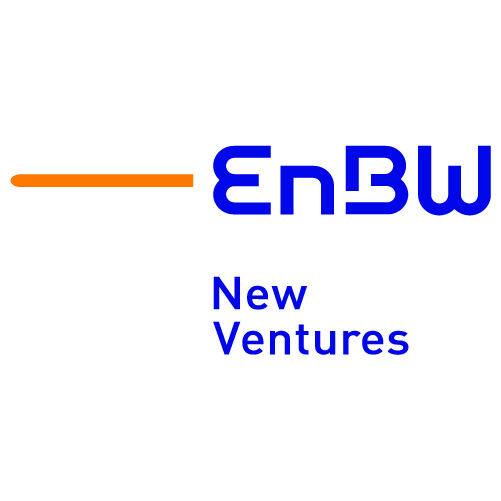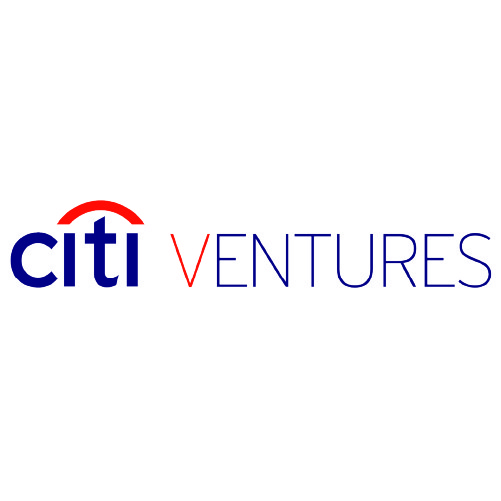Aligning R&D with Corporate Venture Capital with ABB Technology Ventures’ Malin Carlström
May 13, 2024
Interviewed by Nicolas Sauvage on April 6, 2021
An evergreen funding model, co-investment philosophy, and complementary mission with internal research and development have propelled ABB Technology Ventures (ATV) to leadership in corporate venture capital. Malin Carlström, the company’s head of Electrification Ventures, told Corporate Venturing Insider host Nicolas Sauvage that the approach works well for investments in ABB’s electrical, hardware, and industrial applications focus areas.
Evergreen by Necessity
Malin said the long-term nature of the technologies that will drive ABB’s future competitive advantage dictate her venture fund’s evergreen structure.
“We invest directly from the balance sheet, so we don’t have a standalone fund structure,” she said. “The advantage of the stand-alone fund is that it’s hard to divest because the money is kept. A long-term commitment is a strong sales argument, especially for serial entrepreneurs who may have gotten funding from a fund that was at a later stage and had to liquidate quite soon. With B2B industrial deep-tech companies combined with (operating in) the disruptive early stage, you’re in for the long run. (The evergreen structure) puts you in as a founder, as an entrepreneur. The staying power you have can be valuable.”
She said that while ATV is a strategic investor, “some investments are more strategic than others. I always like to have commercially sound terms. I always negotiate. I always want to see a sound financial investment. It’s hard to decide whether you’re throwing good money after bad or if it’s a good decision to give the company more time.”
On the other hand, evaluating startups for a $65 billion company like ABB minimizes the financial impact. Even a 10-bagger might not move the firm’s bottom line significantly. A technological breakthrough, on the other hand, could prove transformational.
Malin illustrated the point by comparing two of ABB’s investments. She noted that because ABB “is never going to be a material science company,” its support of a graphene business assumed a less strategic role. ABB collaborates heavily with the company, but since any advancements will not affect ABB’s core, the interaction is less strategic. With robotics and grid-management portfolio companies, however, Malin noted that her team has to “tick the strategic box first, which takes some time.”
She said only about 5% of financial VCs cash out their holdings after a decade or more. Corporations could buck the trend by adopting a vintage structure for their venture divisions, but the longer horizons often turn off potential limited partners.
“The limited partners already think 10 years is a very long time. And if you ask for 15 or 20 years, you would have a hard time finding the capital,” she explained. “So, the alternative is an evergreen fund structure. It’s important to press the advantages of evergreen. Cleantech investments usually take even more time.”
ATV courts big-name strategic co-investors like Intel, Siemens, and Schneider in addition to pure-financial VCs. Diversity and dynamism among investment partners work better than following the lead of a party whose deep pockets allow it to call all the shots, Malin said.
“It’s also a way of not labeling the company and ABB,” she said. “It’s always about trust. I think everyone is in a good mood before an investment is done. Everyone is showing off their good side but then comes to work during the marathon, and you need constructive cooperation even though you will face hard times. If you feel that the negotiation won’t be a win-win, it’s not a good starting point. So, everyone needs to be satisfied and on the same level when they are signing the agreements.”
Engineer by Training; Environmentalist at Heart
Malin earned her undergraduate degree in energy and environmental technology, a master’s in mechanical engineering and energy management, and an MBA before embarking on a year-long management training program with a Swedish bank, one of the few large financial institutions involved in venture capital.
“I found a home because I think venture is even more about technology and technology understanding than finance,” she said. “And the combination of the two fit my interests, background, and knowledge. I’ve been in this industry my entire career. It’s been tremendously satisfying and interesting. And hard. I’ve invested across a number of industries: consumer-based products; B2B2C; B2B; cleantech; fintech; legaltech; musictech.
Malin said she views venture capital as a tool in the open innovation toolbox.
“Coming from the financial end, I needed to learn some new things from a strategic perspective, but it’s also very sound to have that background to know what constitutes a good company, a good team from a financial perspective because a financially sound company is going to be a sound company in general,” she explained. “And then you add on the technology side. Since the investment theme is so wide, you cannot be an expert in each technology in each industry. You have to be a generalist, but you need to be a specialist in how to grow companies. And you don’t become a specialist unless you’ve been through at least one cycle…from the investment through the growth to the exit.”
She said educating people within the corporate parent and helping them understand the value venture capital brings as a liaison between the mothership and the startup helps establish common ground on the mission, time horizons, milestones, and risk tolerance. That is even more important given her desire to invest in startups that will help protect the planet.
“My background is financial venture capital, and that’s where I started my career,” Malin said. “But I’m an engineer by design. I was very much into environmental issues, even back in the ’90s. That’s what I wanted to study.”
Energy and environmental digitization are integrated into her fund’s investment strategy and startup targeting.
“EVs, smart cities, smart buildings, smart power — all that is heavily impacting positive climate effects and change,” she said. “So, I think it ties back to my core as an engineer and my love for (environmental technology). I’m a total technology optimist. I think that we probably have somewhere in the ABB organization an unknown engineer who’s going to do more for the climate than any well-known politician. So, I’m happy to help speed up the technology race through the engagement of startups and creating this open innovation ecosystem.”
CVC’s Connection with R&D
Malin said that for CVC arms to reach their full potential, corporations must overcome the bias against technologies developed outside their own four walls. Trying to shoehorn a strategic venture fund into an R&D-type structure dooms it to failure. A strictly procedural, controlled process may make sense internally but hamstrings relationships between the mothership and the startups it supports by inhibiting the speed of innovation and go-to-market strategies. Malin notes that “it’s not just the technology that determines if you’re a winner. It’s also about the business models, execution, your nimbleness, and a willingness to pivot. I’d rather invest in a B technology with an A team than the A technology with the B team.”
CVC is rightly viewed as a high-risk/high-reward undertaking, she said. But the only alternative is to try developing next-generation technologies exclusively through R&D, where the company must fund 100% of the investment and assume 100% of the risk. Investing in a startup involves a fraction of that commitment and offers an easy exit if things go sideways. And, it gives ABB the chance to enter new market segments that depend on less-proven technology.
ABB “can collaborate with the startup that is willing to take that risk and is not bound by stuff that slows them down,” she said. “It’s a way of engaging, testing, and getting a lot of knowledge, insights, and helping with our own R&D, sales, etc.”
ABB earns the bulk of its revenues from its hardware device heritage, where it continues to lead. However, to sustain its growth, the company seeks to translate that competence into software applications. Developing that infrastructure and focus takes time, Malin said.
“Engaging with more knowledgeable, more ‘out there’ teams” is one way of accelerating the process, Malin said. “Then you can have these KPIs in revenue generation, market acquisition, and such that are different on a case-by-case basis. You need to find the people who have an understanding, a willingness, and the power to actually make it happen. So, you have them in your team, but you also have them in different parts of the organization who interact beyond emails. That’s how you get people collaborative.”
She said management teams are becoming more accepting of CVC as a platform for cultivating the innovation ecosystem. That means understanding what corporate divisions want from investments. From there, ABB can build trust with the startups it supports. ATV adds value beyond money, such as infrastructure, onboarding, collaboration, direct connections, and expertise within the mothership.
“So, it is not driven from the top,” she said. “But of course, it’s very much approved and appreciated that there is an initiative closer to the market.”

 The best CVC teams report to the CEO or CSO, not the CTO, focusing on scaling and business strategy over making the best possible product.
The best CVC teams report to the CEO or CSO, not the CTO, focusing on scaling and business strategy over making the best possible product. 



















